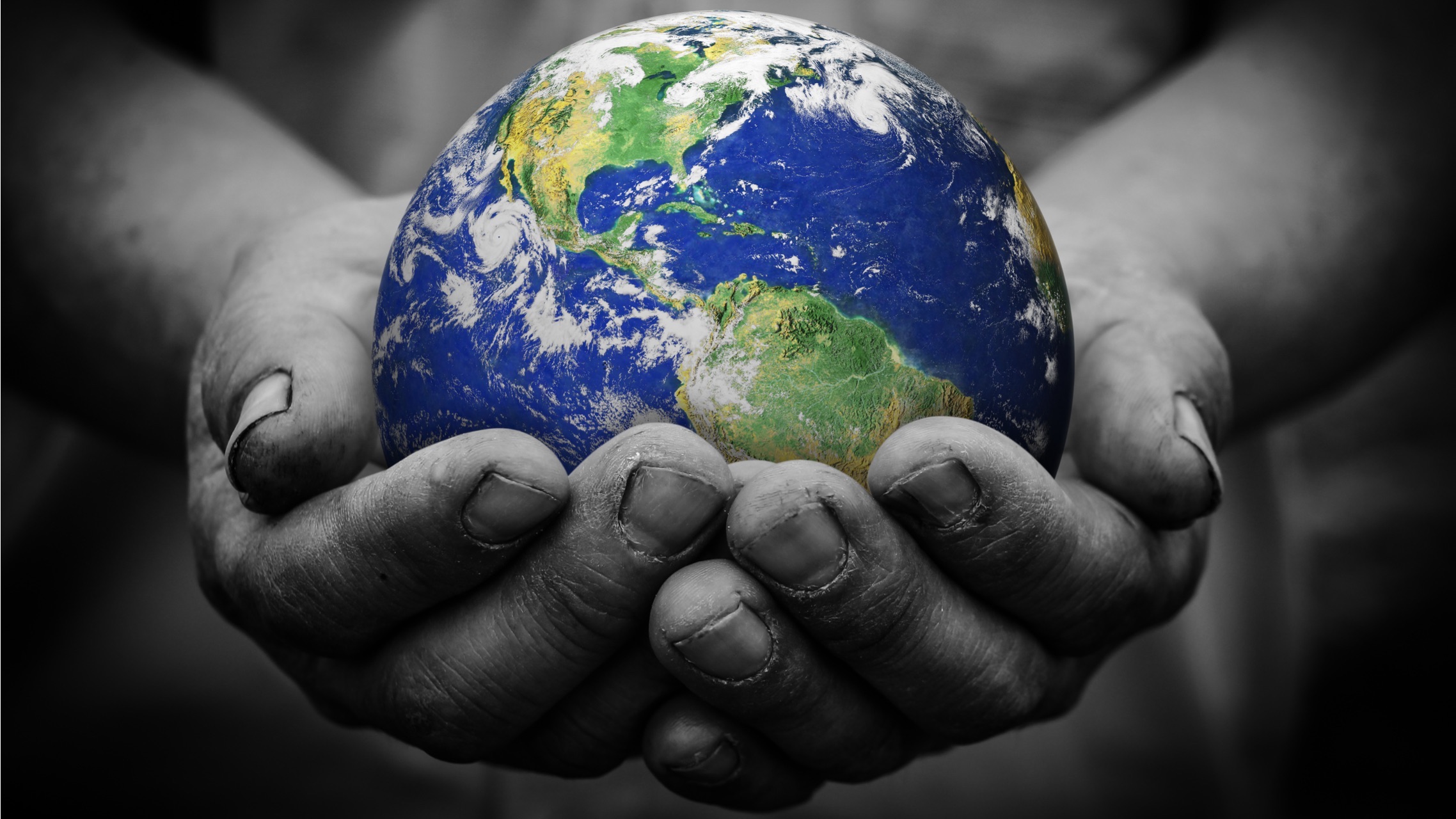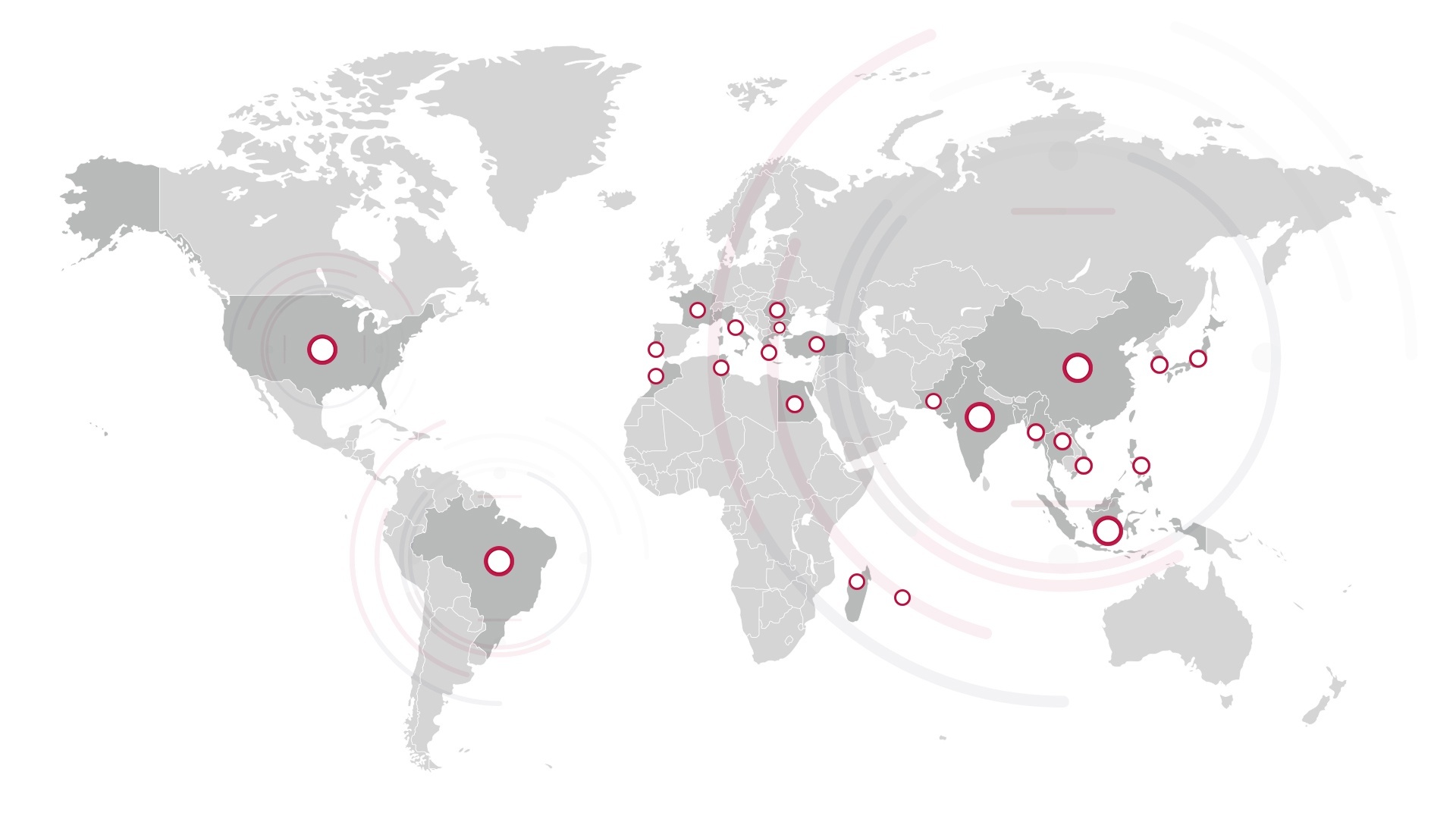The way we produce and consume fashion has changed dramatically over the last 50 years. Fashion has now become accessible to everyone, and you don’t need to be part of the ‘upper-class’ to be able to afford the latest trends which thanks to fast fashion, have about a two-week lifespan before the next fashion craze hits the stores.Consumers have become so accustomed to the fashion industry’s availability of ‘cheap deals’ without being fully aware of the industry’s devastating effects on the environment.
The fashion industry is worth three trillion dollars annually, yet it is the world’s second largest polluter after oil as a result of the materials used to produce garments, two fibers specifically. First off, Cotton makes up 40% of our clothing and is a natural fibre which is extremely water-intensive, requiring about 2,700 liters of water to produce one shirt! It also releases toxins into waterways and the air due to the use of harmful pesticides during production. Secondly, Polyester is a synthetic fiber used to produce clothing products which is highly dependant on the diminishing oil and gas reserves. The reality is that these statistics can no longer be ignored and consumers are increasingly becoming more conscious of the fashion industry’s dangerous effects on the environment. Consumers have begun to invest in brands that are actively seeking sustainable alternatives such as Fairtrade cotton and making use of deadstock. Many are beginning to wonder what the future of sustainable fashion will look like.
Read also: More brands are caring about Ethical Fashion, should you?
So, what does Sustainable Fashion look like?
There’s no doubt that the textile industry is facing threats from a wide range of social, human rights, environmental and commercial governance factors and the industry’s ability to become sustainable in the future remains a hot topic. Designers, leading entrepreneurs, and businesses are all jumping on board to produce ethically made garments. Megabrands realize how important sustainable fashion is to their consumers, making it much easier for customers to shop ethically and to support environmentally friendly brands. Garments that have been sustainably produced are no longer viewed as being ‘unfashionable,’ or ‘uncomfortable.’ Instead, they are incredibly stylish and receive major support from celebrities who invest in sustainable brands to protect the environment and to make a fashion statement. The number of sustainable brands out there is endless.
It’s uncertain how long it will take retail brands that are already established in the industry to become fully sustainable, but that does not mean they don’t have to start somewhere. For example, H&M has recently launched their H&M Conscious collection and aims to source 100% of their cotton sustainably by 2020. Sports gear and clothing giant Adidas produced shoes in 2015 made from ocean plastic with a 3D printed midsole in an attempt to help stop ocean plastic pollution. This just shows that current methods of textile production can constantly be challenged and redesigned in an effort towards a more sustainable future. For sustainability and eco-friendly fashion to have a secure foot in the door, there are a few factors to consider:
1. Collaboration is essential.
Brands need to join forces to see change. It is not possible to be successful in isolation. Brands need to reach out to one another to learn from each other and to collaborate with each other including consumers, industry leaders, and non-governmental organizations.
2. Aesthetics are still important
To gain support from consumers, sustainable fashion needs to move away from the stigma of being weird, unflattering or being made up of strange color combinations. Aesthetically pleasing goods will always drive the fashion industry and as soon as brands try to distance from that notion, consumers will begin to lose interest.
3. Sustainability is the way forward
Eco-friendly fashion is no longer reserved for the select group of consumers who care about the environment because most consumers care. There is a strong business case for sustainability as consumers are not just interested in the product anymore, but the entire brand. They invest in a brand’s identity and values and are constantly on the lookout for brands that represent sustainability and ethics. Brands that don’t act soon to work towards implementing sustainable practices will risk a decline in sales as they’ll lose customer loyalty which will negatively impact their brand image.
Would you like to share your thoughts on the future of sustainable fashion? Do you have any questions regarding the apparel industry in general?




